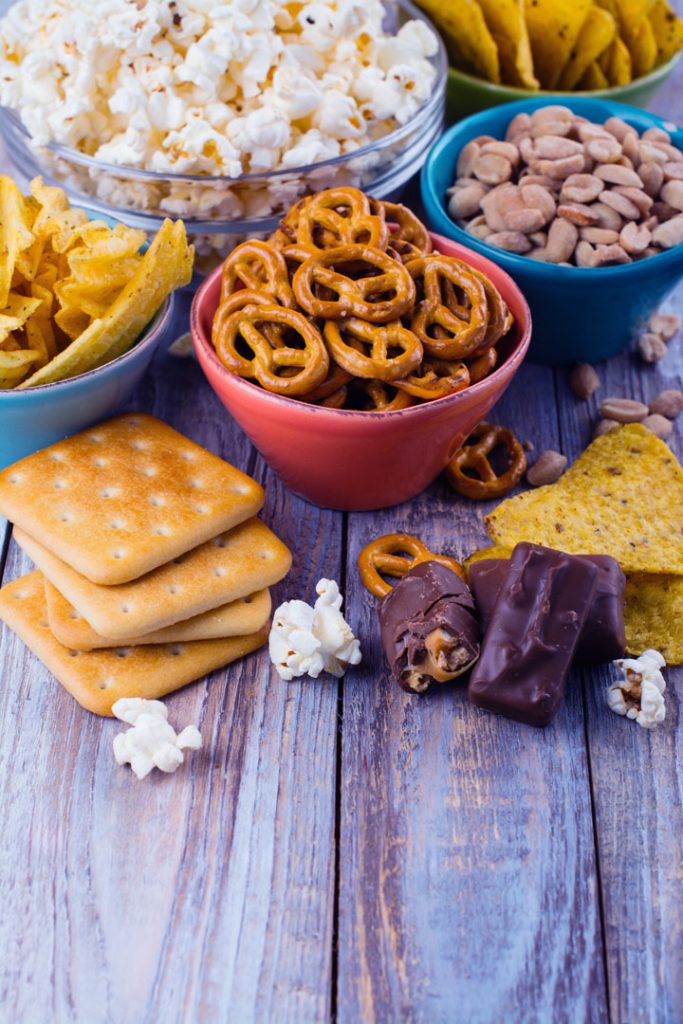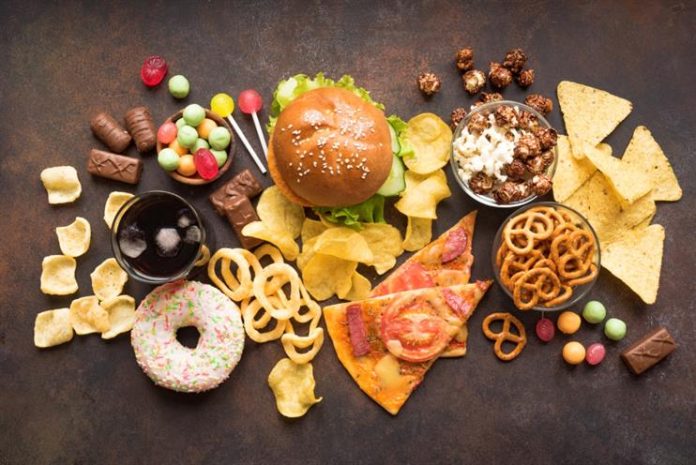With tighter LHF advertising rules on the horizon, Helen Johnson reports on the shift toward responsible retail media as brands navigate new limits
The countdown has begun, and for FMCG brands, the implications are massive. As of 5th January 2026, products classified as Less Healthy Food and Drink (LHF), typically HFSS products, will be banned from TV and streaming advertising post 5am and before 9pm, and across all paid online advertising, regardless of the time.
After months of industry wide uncertainty, the rules are finally clear. Brand-led advertising that doesn’t feature identifiable LHF products will be exempt. But let’s be honest, very few FMCG ads avoid showing the product itself. While this clarification provides some relief, it won’t be enough to preserve existing levels of awareness and reach for most brands.
This isn’t just a regulatory change, it’s a strategic inflection point. For decades, FMCG advertisers have relied on a combination of TV and digital as their highest-reach, most cost-effective awareness drivers. The upcoming restrictions will close the door on both. With the legal enforcement date set for January 2026, the real deadline is earlier. In line with government guidance, trade bodies like the Advertising Association, ISBA, and IAB, along with major retailers and publishers, are preparing to adopt the rules voluntarily from October 2025. Brands that wait until the new year to act will already be behind the curve.
The limits of DOOH and audio
Amid this disruption, attention is turning to Digital Out-of-Home (DOOH) and digital audio channels such as podcasts or Spotify. These environments remain unrestricted and can offer a valuable route to maintain reach. But with every brand eyeing the same alternatives, the competition for inventory will intensify, leading to rising costs and limited availability.
More importantly, these channels also are not a one-size-fits-all solution. Whilst they will play a critical role in brand campaigns, helping to drive full funnel capabilities, they alone won’t be enough to plug the reach and awareness gap created by the restrictions placed on TV and online advertising.

This is where retail media is emerging as a high-impact solution, not just as a performance tool, but as a way to sustain awareness and reach. With the ability to deliver both scale and contextual relevance, retail media reaches shoppers when and where it matters most: right at the point of purchase. And with its rapidly growing brand-building capabilities, it complements DOOH and audio to drive frequency and impact across the funnel.
Retail media: From conversion-channel to brand-builder
Over the last five years, retail media has evolved significantly. Once viewed as a lower-funnel, conversion-focused tactic, it has grown into a high-performing, full-funnel solution.
The media infrastructure inside the UK’s largest grocery retailers including Tesco, Sainsbury’s, Asda, Co-op, and Morrisons, now rivals the sophistication of digital platforms. With first-party data, measurable outcomes, and omnichannel execution across both in-store and online environments, retail media gives brands a compliant, scalable route to rebuild lost media impact.
What makes it especially compelling for CEOs navigating this shift is its ability to deliver both scale and salience. Brands can now access thousands of digital and physical touchpoints across the UK grocery landscape, from in-store digital screens and radio to magazines, loyalty CRM, experiential activations, and proximity-based OOH. Supported by unified first-party data and increasingly sophisticated measurement tools, brands can now run full-funnel, omnichannel campaigns that drive awareness, conversion and loyalty, all within the retail media environment.

Building brand equity in-store
The performance story is only half the picture. Recent independent studies underline the brand-building power of in-store retail media.
Research from Co-op and Lumen found that media in smaller, convenience retail environments delivers:
– 2x the visibility due to greater store exploration and repeat aisle visits.
– 3× the attention, as shoppers engage more deeply with branded materials.
– 4× the brand recall, due to higher exposure frequency in smaller formats.
Another study by Lumen with Tesco demonstrated the strong visual engagement and emotional impact of in-store digital screens and store takeovers, reinforcing retail media’s role in supporting brand equity at scale.
A MESH Experience and SMG study found in-store activations deliver a 5-6× uplift in brand awareness, precisely the metric at risk as brands lose access to TV and online advertising.
For years, the media plans of top FMCG brands have been fine-tuned to deliver maximum awareness through digital and TV. With that infrastructure pulled out from under them, brands need to rebuild, and quickly. Retail media, with its blend of reach, data, and compliance, offers one of the few environments where both brand and performance can be maintained.
Early movers will win
Some retailers, like Tesco, are already building LHF-compliant Christmas campaigns. Others are already preparing to align with the voluntary ban from October 2025. There is no luxury of waiting until the regulations take hold.
FMCG leaders need to be piloting now: testing which retail media formats best substitute for lost reach, learning which activations drive meaningful engagement, and aligning internal marketing teams on new success metrics.
This will require bold decisions: reallocating brand budgets toward new, compliant environments; rethinking media measurement; and, perhaps most importantly, challenging the long-standing assumption that brand building can only happen on TV or online video.
A CEO-level mindset shift
For CEOs, the challenge is not simply adapting to the new compliance rules, it’s leading a mindset shift across the organisation. The idea that retail media only serves lower-funnel goals is outdated. In reality, retail media may soon become the most effective top-of-funnel opportunity available to many LHF brands.
The path forward will vary by category, but one principle holds true: those who act early will have the advantage. The best-prepared brands will begin testing retail media formats immediately, reallocating budgets, and building LHF-compliant campaigns while there’s still time to shape 2026 plans with confidence.
Yes, the LHF restrictions are a challenge. But they also create a unique opportunity to rebalance FMCG media strategy, rediscover the power of point-of-purchase influence, and build campaigns that are not just compliant, but commercially competitive. Channels like DOOH and audio play a vital role, but retail media stands out as a critical pillar for compliant, high-impact brand building.
For FMCG brands, the message is clear: act early, experiment smart and put retail media at the centre of your future-fit media strategy. The time to act isn’t 2026, it’s now.
Helen Johnson is the Managing Director of Capture (part of the SMG agency network).






